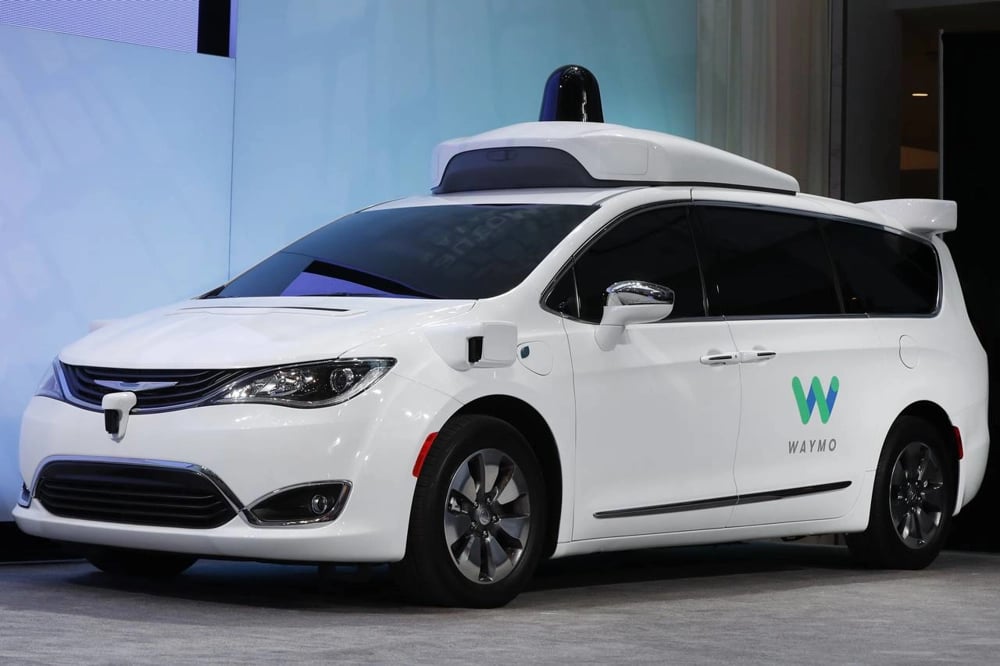Waymo Halts Los Angeles Robotaxi Operations Following Vehicle Arson
Waymo, a subsidiary of Alphabet Inc. $GOOG, has suspended its self-driving taxi service in downtown Los Angeles after multiple vehicles were set on fire during protests against immigration raids. At least five autonomous cars were damaged, according to KTLA. The company stated it does not believe it was specifically targeted but removed its vehicles following a directive from the Los Angeles Police Department (LAPD). Operations in the area are paused indefinitely.
Civil Unrest Exposes AV Vulnerabilities
The incident highlights growing risks for autonomous vehicle (AV) providers in urban environments. While Waymo's damage was collateral, its static fleets became exposed targets during civil unrest. Lime, another urban mobility firm, also reported its electric scooters were burned. Lime urged users not to misuse its vehicles and stated it is monitoring the situation to ensure staff and community safety.

Implications for Urban AV Deployment
The Los Angeles events underscore the operational fragility of autonomous fleets in volatile settings. Unlike traditional services, AVs lack real-time human judgment in crisis situations and are harder to secure once deployed.
Factors increasing AV exposure:
Static, unattended vehicles in public zones;
Limited adaptive response in dynamic environments;
Operational reliance on law enforcement advisories;
Growing insurance burdens and damage costs;
Reduced public perception of AV safety in unrest zones.
Limited Impact on Alphabet Stock
Despite the disruption, Alphabet’s stock price remained stable, reflecting investor confidence in Waymo’s long-term prospects. The unit, categorized under Alphabet’s “Other Bets”, continues to absorb substantial investment with limited near-term revenue. However, repeated disruptions raise questions around the timeline and cost-efficiency of scaling AV services in major cities.

Broader Risk for Smart Mobility
The arson attacks may influence future AV rollout strategies. Urban deployment models must now integrate safeguards against non-technical risks, including social volatility and civil disorder.
Potential consequences include:
Revised zoning rules for AV trials;
Stricter insurer conditions;
Municipal pushback on AV density in high-risk areas;
Hesitation from strategic partners and regulators.
For asset-heavy urban mobility ventures, unrest is no longer just a peripheral concern — it’s a core operational risk.















Comments